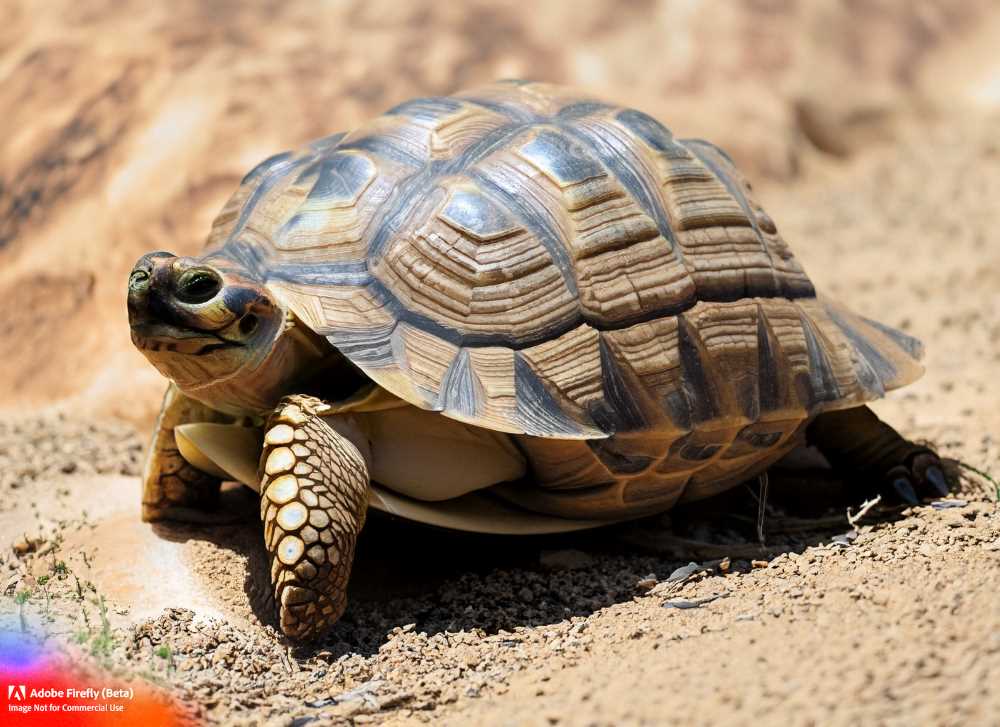The Fight to Save the Desert Tortoise in Mapimí, Mexico
Learn about the recovery program in Mapimí, northern Mexico, and its efforts to protect the threatened desert tortoise from extinction. Discover the program's strategies, including habitat protection, conservation breeding, and public education.





